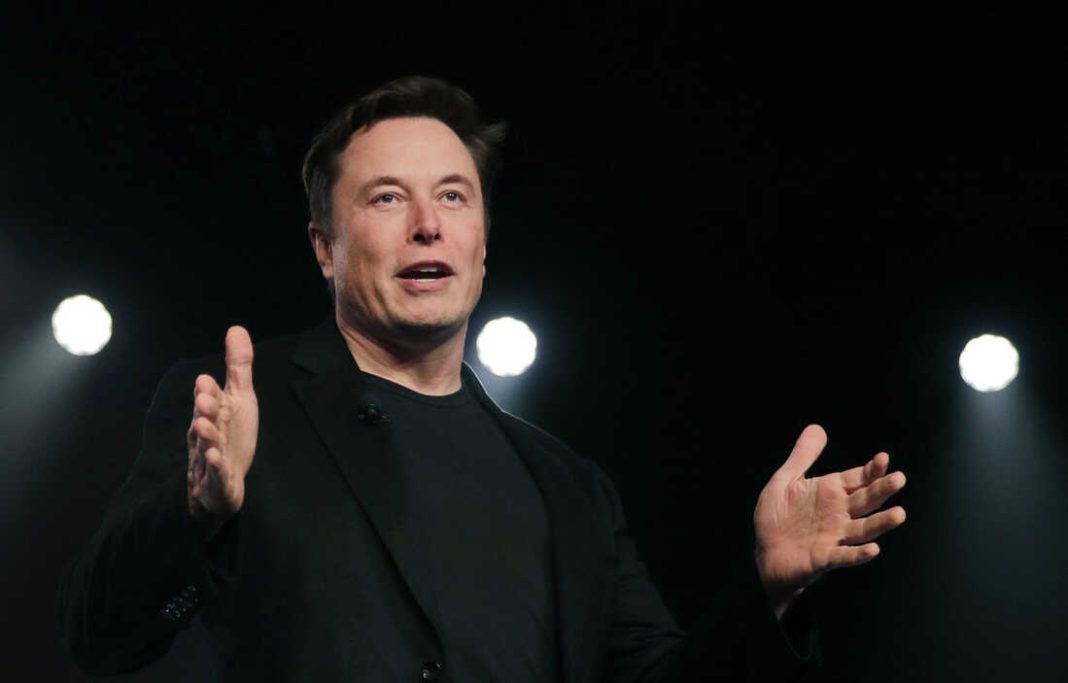SpaceX aims to demonstrate to the world that its Starlink satellite system is capable of 30,000-foot Netflix and YouTube delivery. As a result, it recently hosted a media demonstration on board a plane operated by its first airline client, regional carrier JSX.
Elon Musk’s attempt to take over the in-flight market from satellite companies Intelsat and Viasat Inc., which currently feeds thousands of airplanes, begins with a brief trip from Burbank to San Jose, California. Even for a seasoned market disruptor like Musk, it won’t be simple.
“Are they a serious competitor? Yes,” said Jeff Sare, president of commercial aviation for Intelsat, a leading provider of wireless service on airlines. Still, Sare said, “We don’t believe there’s anybody that can beat us.” Broadband service is provided via a constellation of low-flying tiny satellites by Starlink, a division of Elon Musk’s Space Exploration Technologies Corp. Lower satellites take 90 to 120 minutes to orbit the earth. That differs from the conventional method of employing a small number of potent spacecraft in higher and slower orbits. Starlink’s advantages include faster signal arrival.
That’s good news for the business’s basic function, which is to provide broadband service to largely rural consumers in sparsely populated areas. According to the company’s most recent filings, Starlink has deployed over 3,000 satellites and now has over 400,000 members.
However, Musk’s invention has a drawback in that tiny satellites have less capacity and may find it difficult to support the demands of large airplanes in congested skies. Travel hubs are overrun by dozens of airplanes, each of which is carrying at least 100 linked passengers. Few satellites may be covering a region like Atlanta and its big airport since they round the globe quickly, posing capacity concerns, according to a report from B. Riley Financial last year. Projections, according to SpaceX, understate how rapidly the system is developing.













